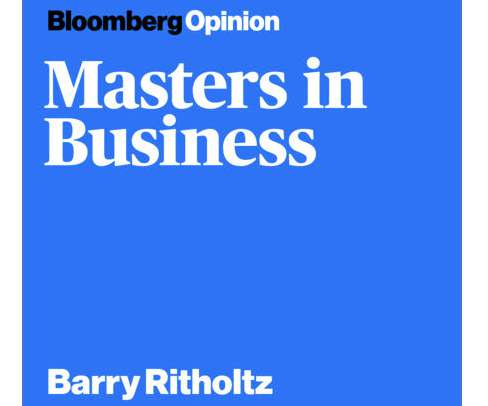Transcript: Graeme Forster, Orbis Investments
Barry Ritholtz
OCTOBER 17, 2023
And they also have a unique approach to feeds when they’re generating alpha, when they’re outperforming their benchmark, they take a performance fee. So, you know, our sister company in South Africa, Africa have done 8% above the benchmark. And the third, the one that nobody talks about is risk management.














Let's personalize your content